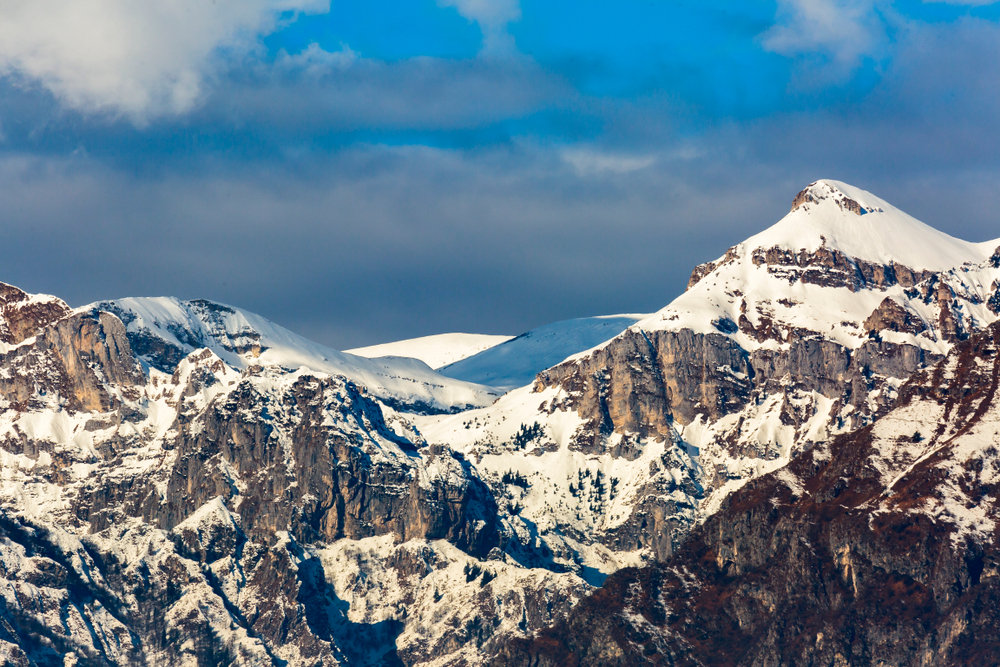Italy boasts 25 national parks, each offering unique landscapes and biodiversity. From the rugged mountains of the Alps to the coastal beauty of the Mediterranean, these protected areas preserve Italy’s natural heritage for future generations to enjoy.
About Italy National Parks
Italy is home to 25 national parks, each showcasing the country’s incredible ecological diversity and cultural richness. From snow-capped mountains and serene lakes to dense forests and Mediterranean coastlines, Italy’s national parks protect some of Europe’s most spectacular landscapes. These parks provide refuge for a wide array of plant and animal species, including many that are rare or endangered. Additionally, the parks often house centuries-old villages, ancient ruins, and historic trails, blending nature and history in ways that are uniquely Italian.
One of the most famous national parks is Gran Paradiso National Park, located in the Alps. Established in 1922, it is Italy’s first national park and remains one of its most iconic. The park is named after the towering Gran Paradiso peak, which stands at over 4,000 meters. Its landscapes range from alpine meadows to glacial valleys, offering a haven for wildlife such as ibex, chamois, and golden eagles. Visitors enjoy hiking through its pristine trails and soaking in the breathtaking vistas of snow-capped mountains.
Cinque Terre National Park, along the Ligurian coast, is another highlight. This UNESCO World Heritage Site combines dramatic coastal cliffs with centuries-old villages perched on steep terraces. The park protects both the natural environment and the cultural heritage of the region, including its historic vineyards and olive groves. Visitors can hike the famous Sentiero Azzurro trail, which connects the five villages, while enjoying stunning views of the Mediterranean.
In southern Italy, Pollino National Park spans the regions of Calabria and Basilicata and is Italy’s largest national park. Its vast and rugged terrain includes dramatic gorges, karst formations, and ancient pine forests. The park is a biodiversity hotspot, home to the endangered Apennine wolf and the rare Bosnian pine. It also preserves ancient archaeological sites and traditions of local mountain communities.
Abruzzo, Lazio, and Molise National Park is renowned for its efforts in wildlife conservation, particularly for the endangered Marsican brown bear, which is native to the area. This park’s diverse habitats range from dense beech forests to high mountain peaks, making it an essential refuge for many species. Visitors can hike, bike, or even snowshoe through its picturesque landscapes.
Lastly, Stelvio National Park, nestled in the Italian Alps, boasts dramatic valleys, glaciers, and alpine meadows. It is a haven for mountaineers and nature lovers, offering activities like hiking, climbing, and wildlife spotting. The park is also culturally significant, containing remnants of World War I-era fortifications.
Despite significant conservation achievements, Italy’s national parks face challenges such as over-tourism, habitat degradation, and climate change. However, ongoing initiatives, including rewilding projects, sustainable tourism practices, and environmental education, are helping to preserve these precious landscapes for future generations.
Italy National Parks
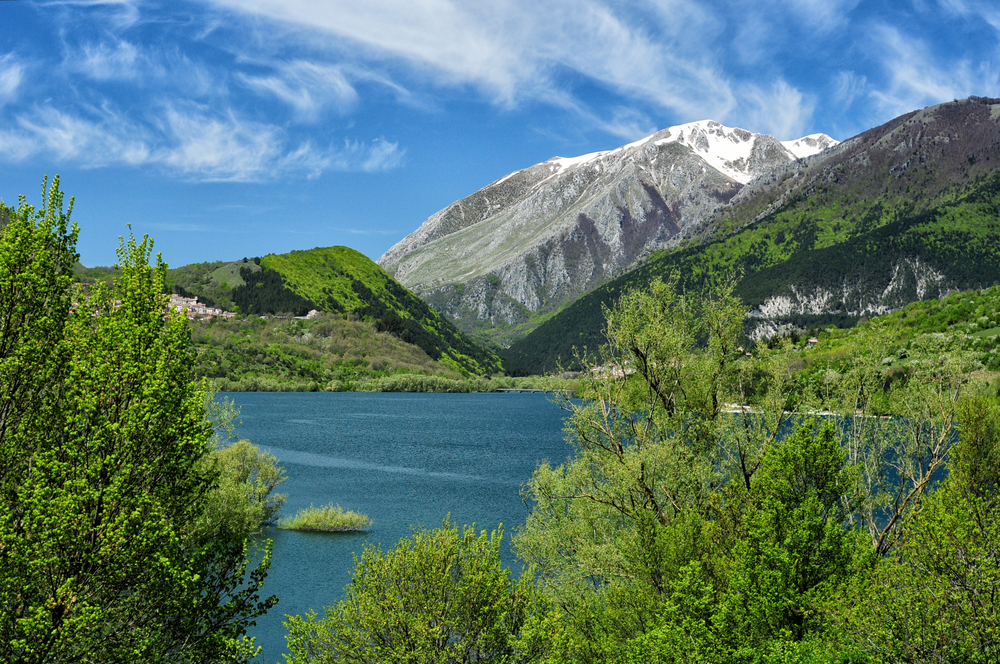
Abruzzo, Lazio and Molise National Park
Explore Now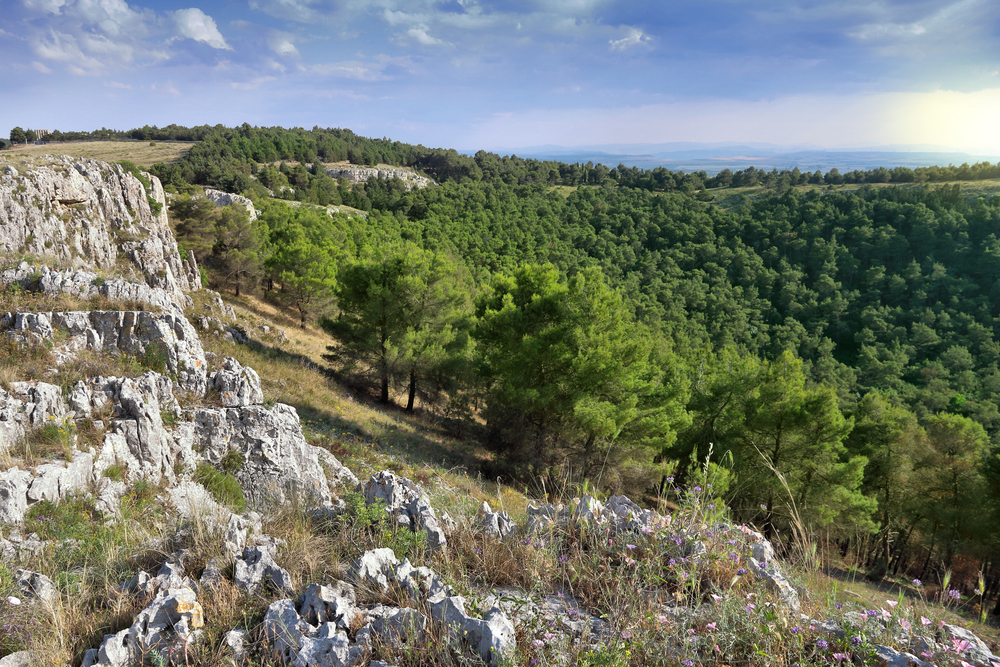
Alta Murgia National Park
Explore Now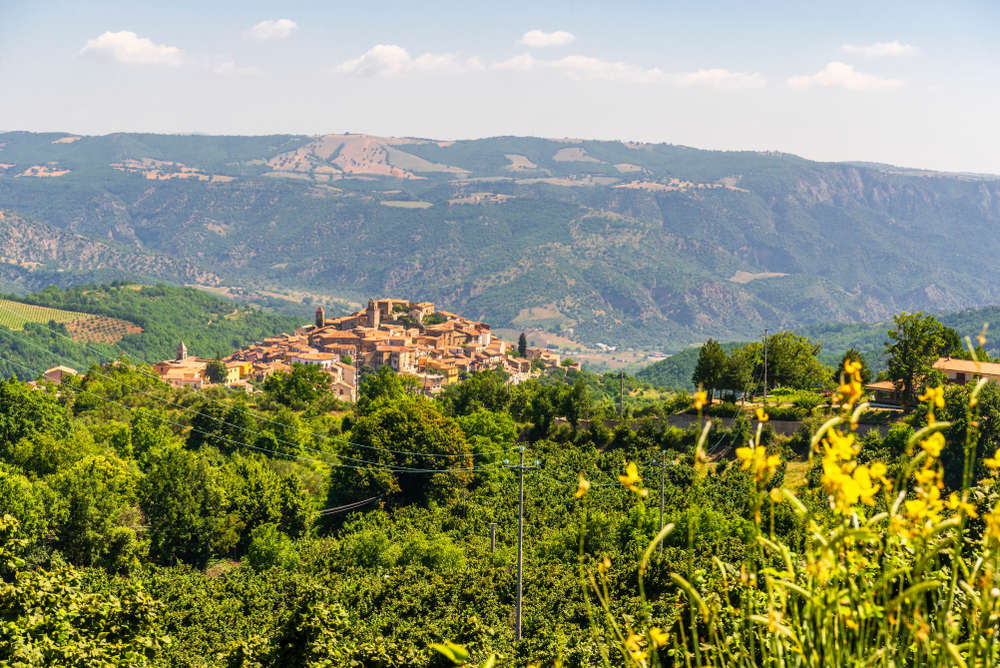
Appennino Lucano Val d'Agri Lagonegrese
Explore Now
Appennino Tosco-Emiliano National Park
Explore Now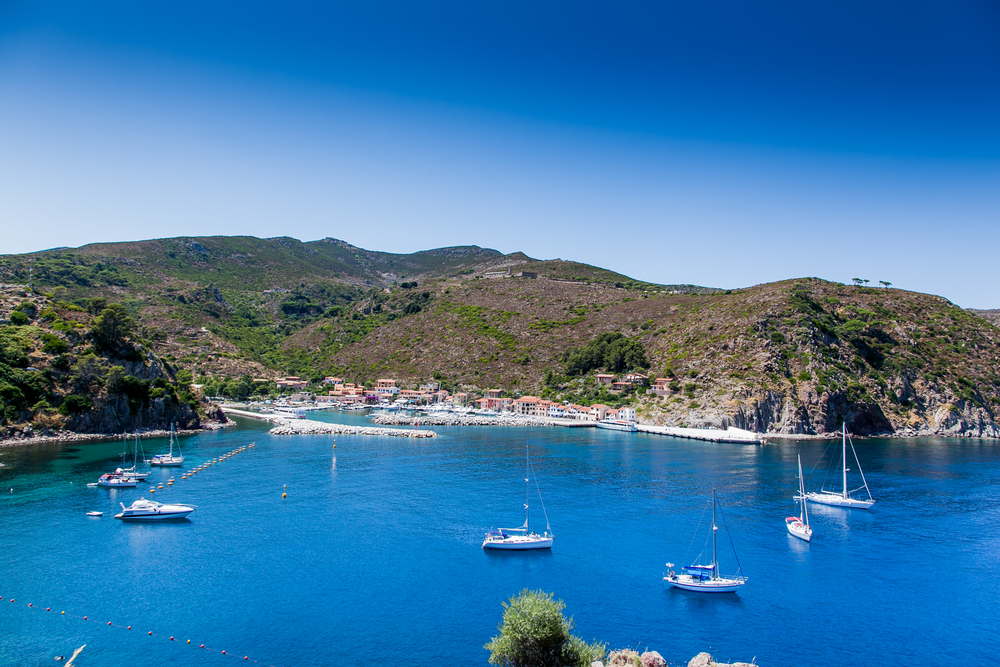
Arcipelago Toscano National Park
Explore Now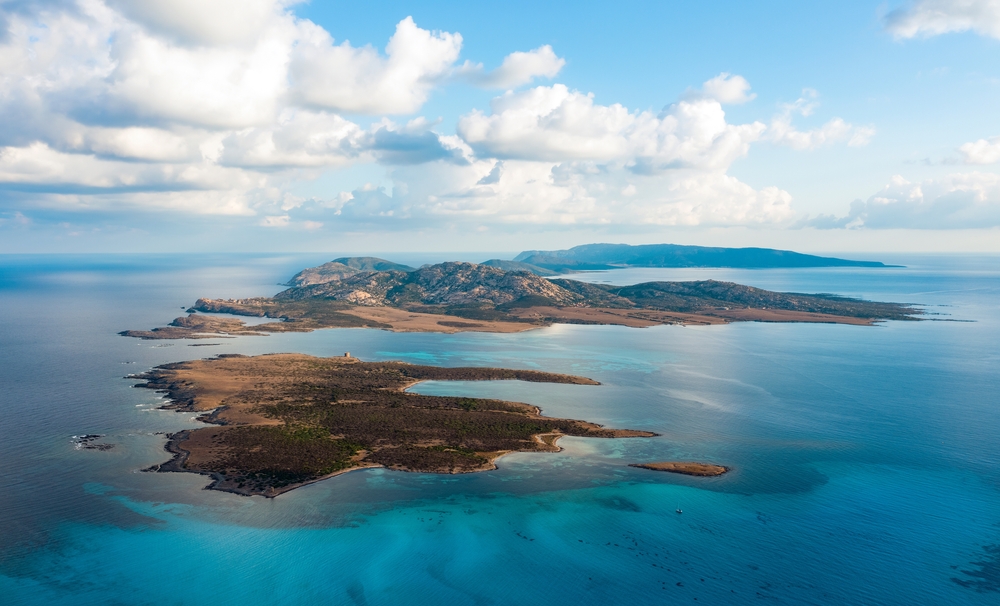
Asinara National Park
Explore Now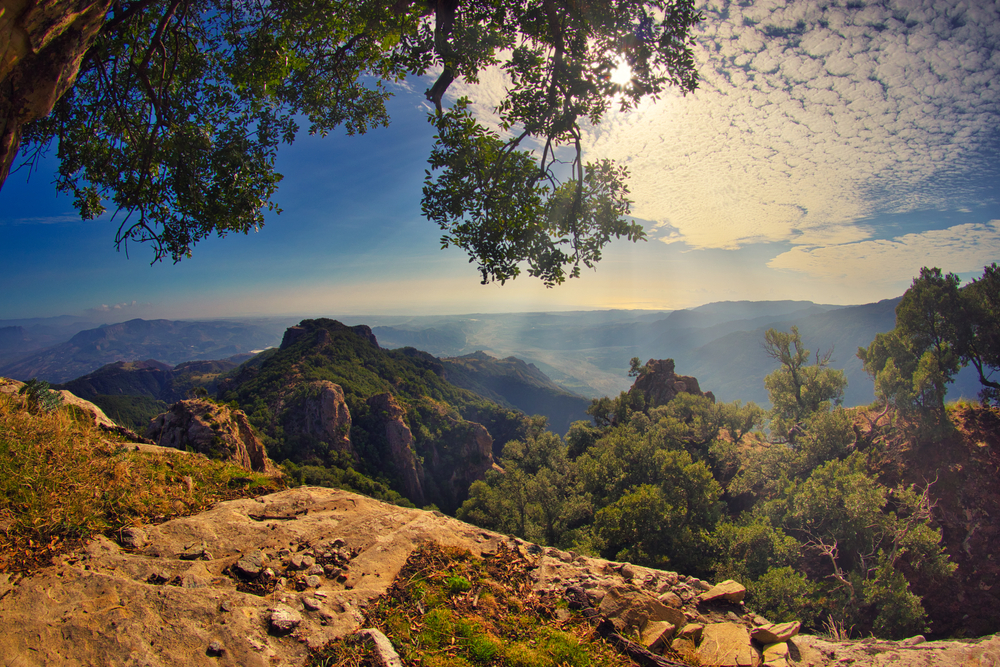
Aspromonte National Park
Explore Now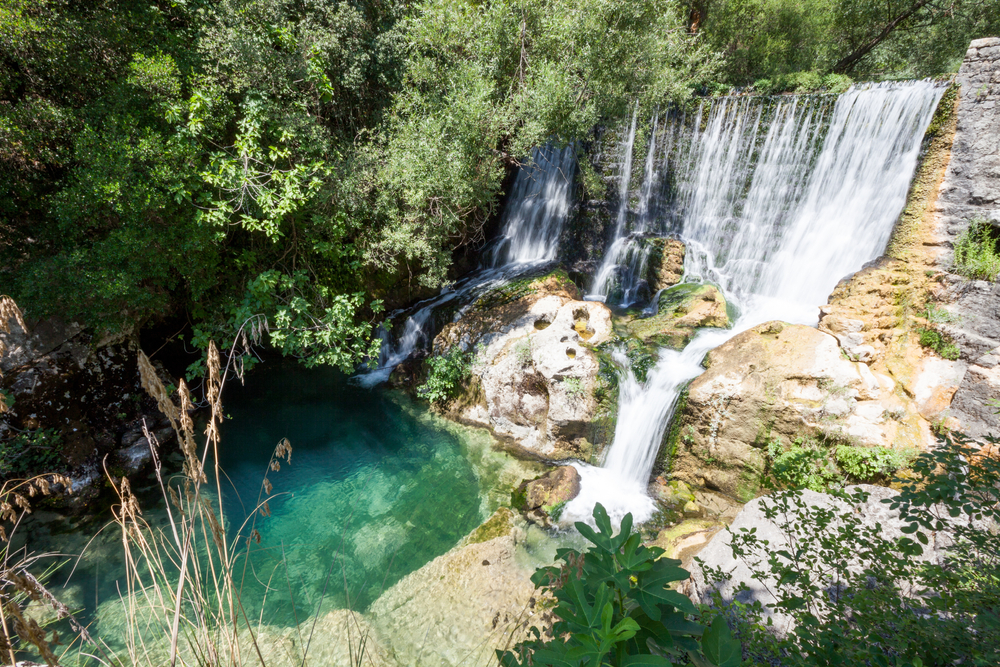
Cilento, Vallo di Diano and Alburni
Explore Now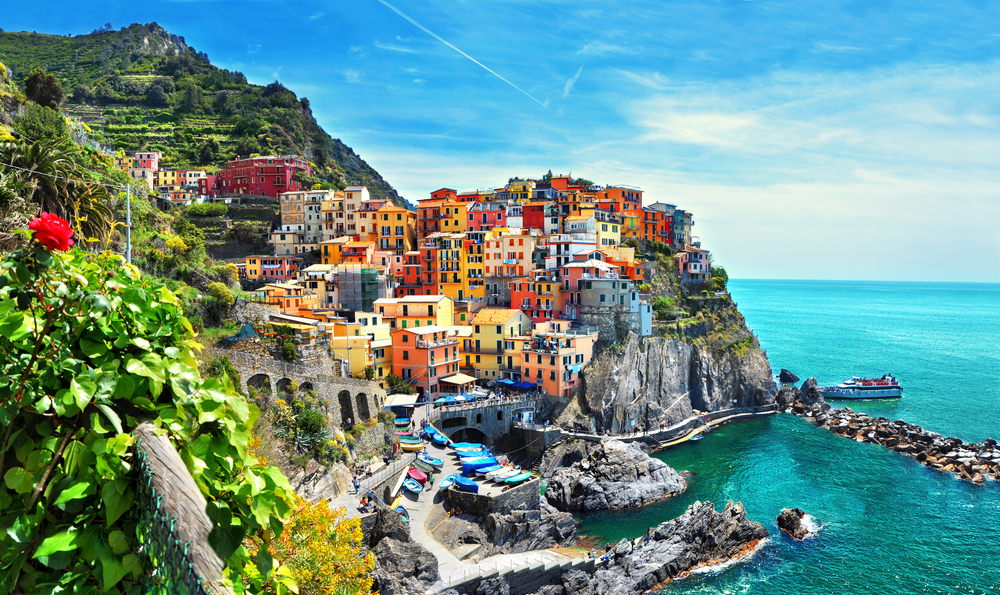
Cinque Terre National Park
Explore Now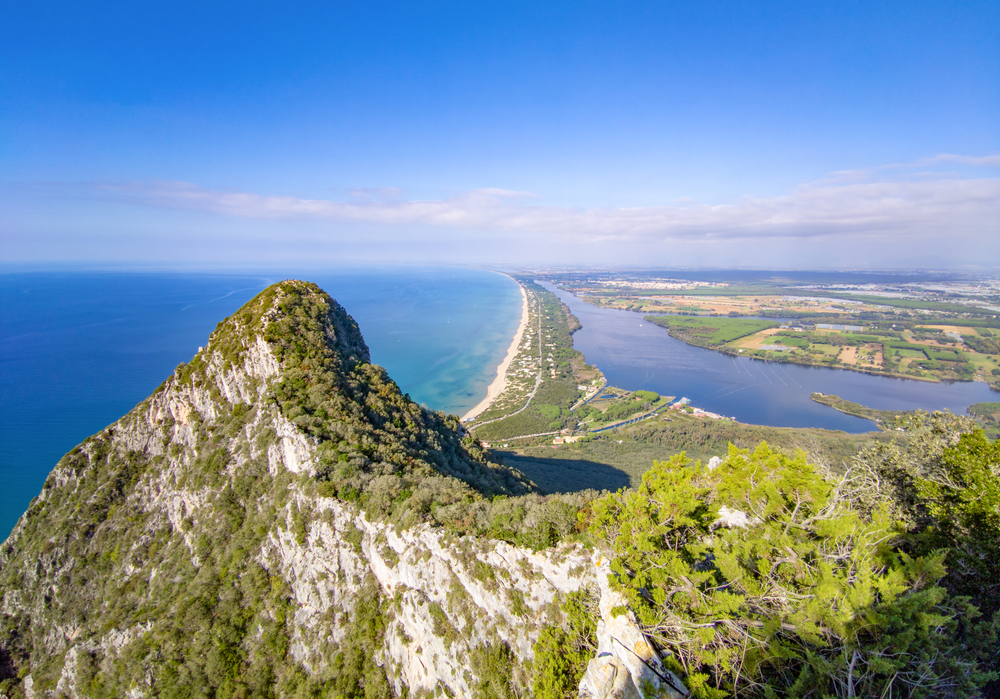
Circeo National Park
Explore Now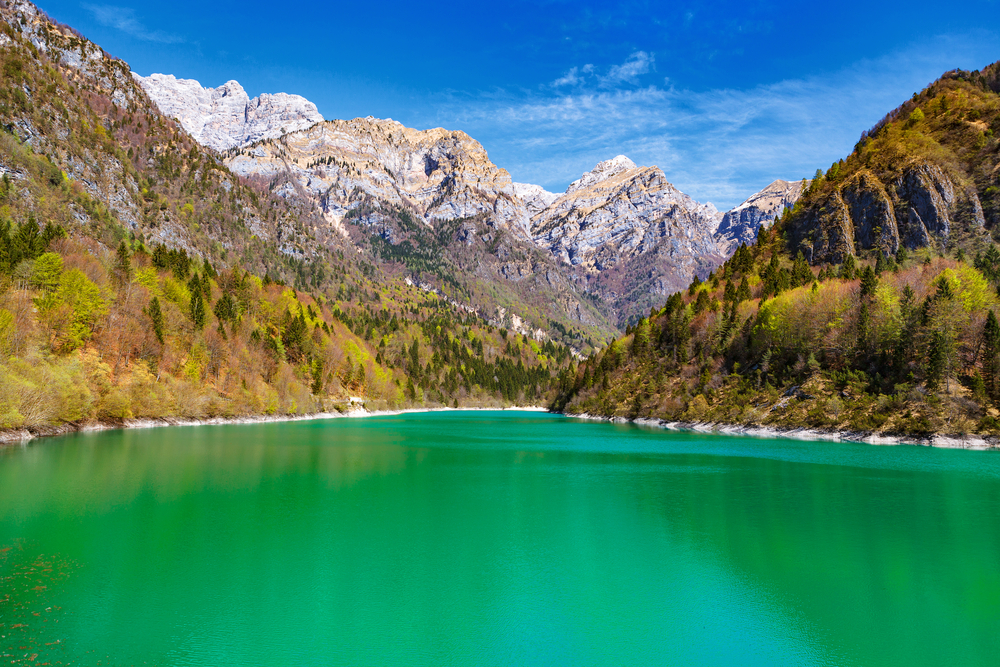
Dolomiti Bellunesi National Park
Explore Now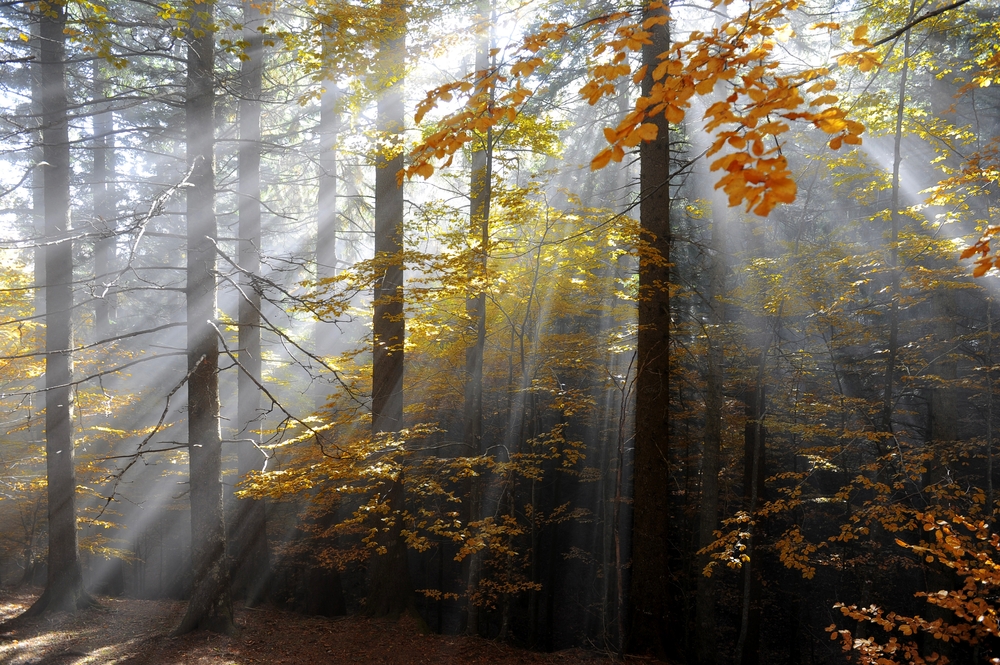
Foreste Casentinesi, Monte Falterona e Campigna
Explore Now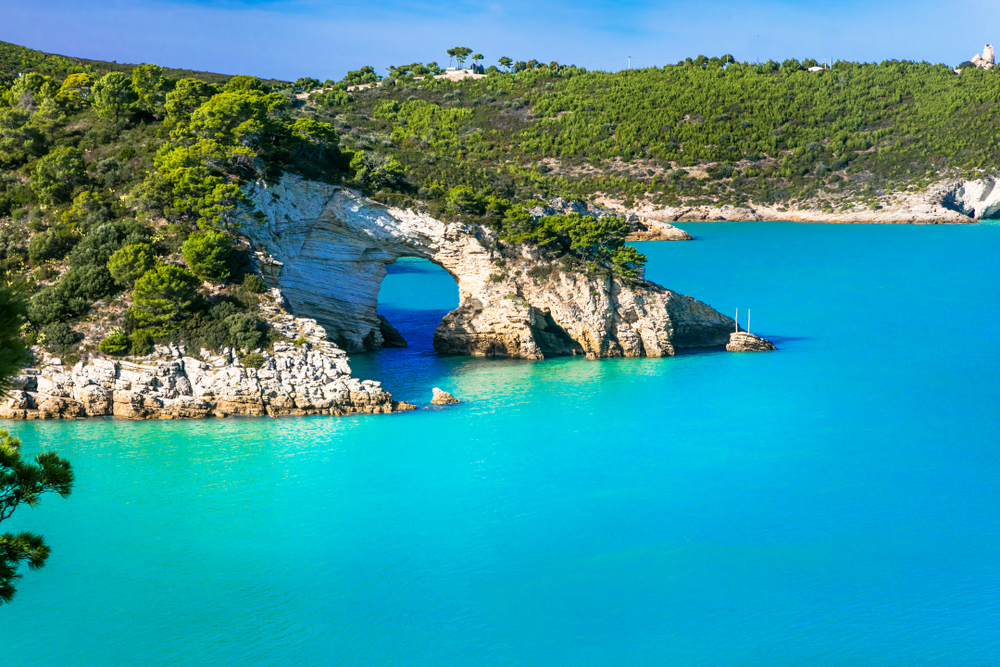
Gargano National Park
Explore Now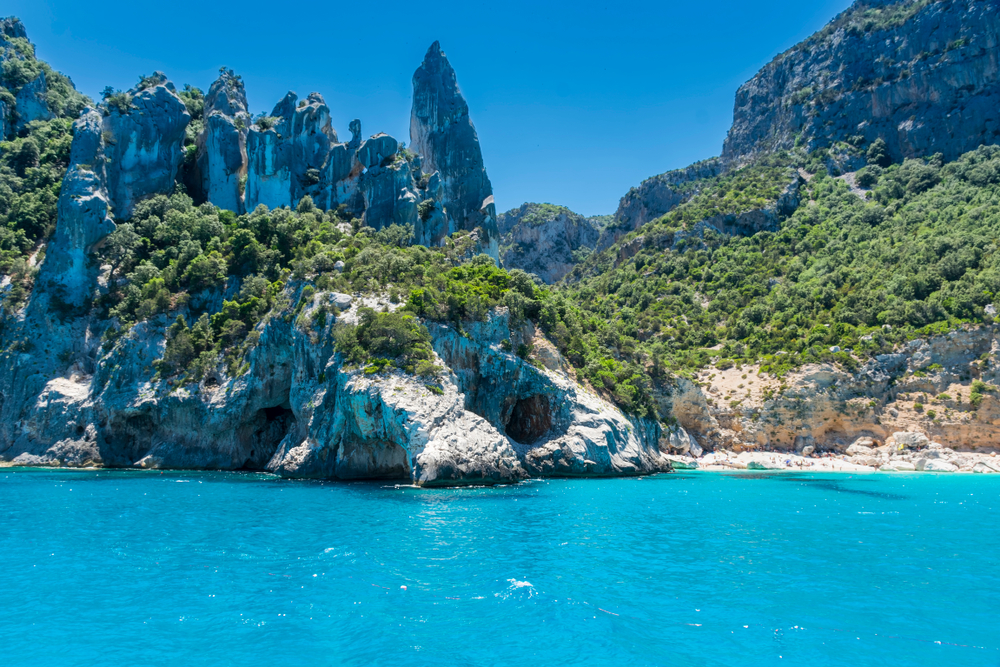
Gennargentu National Park
Explore Now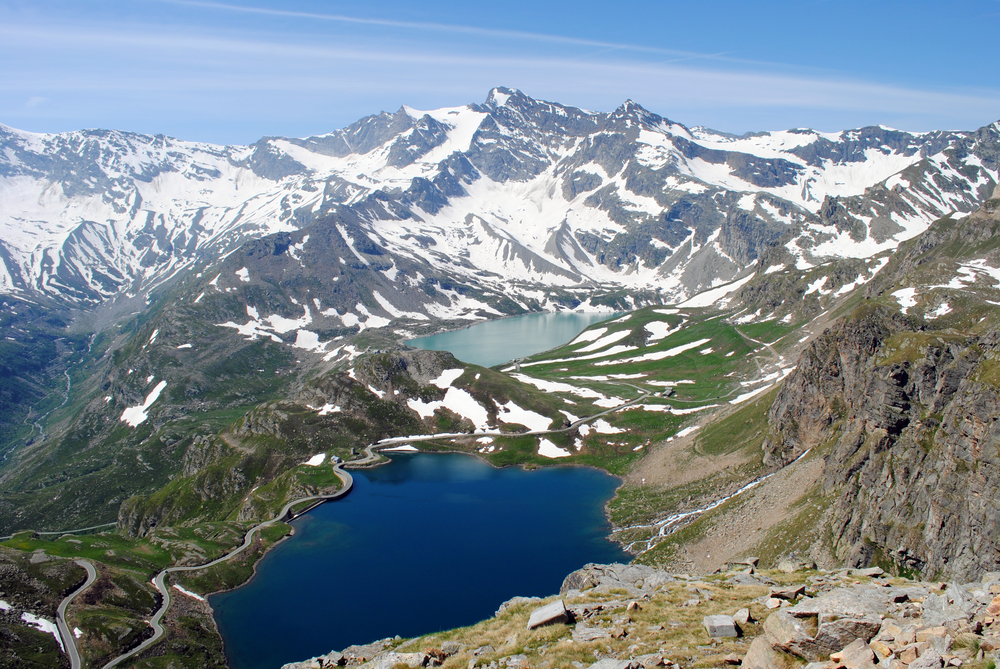
Gran Paradiso National Park
Explore Now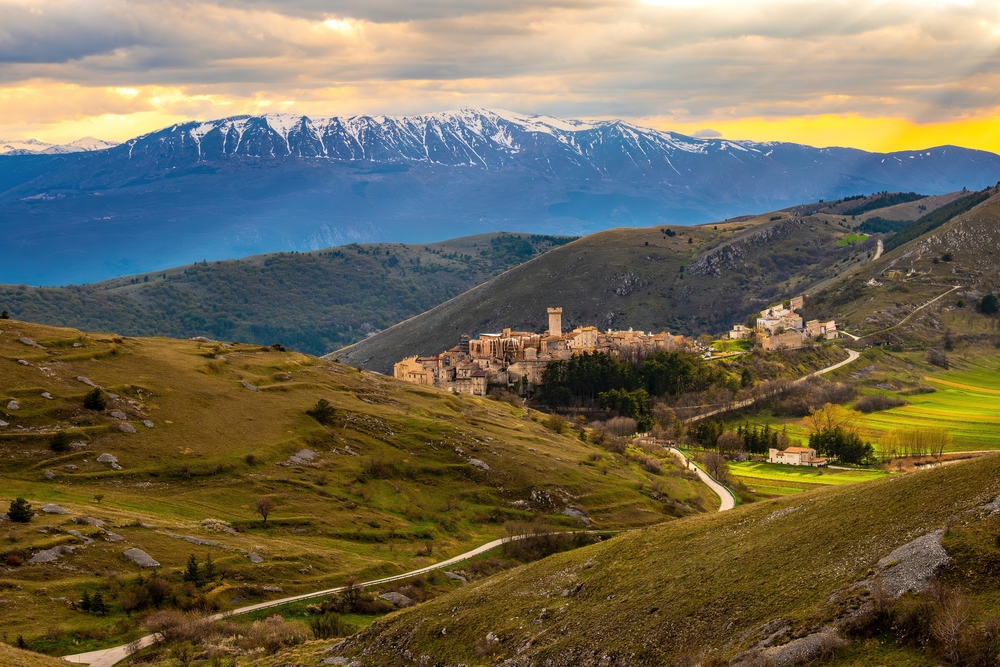
Gran Sasso e Monti della Laga National Parkark
Explore Now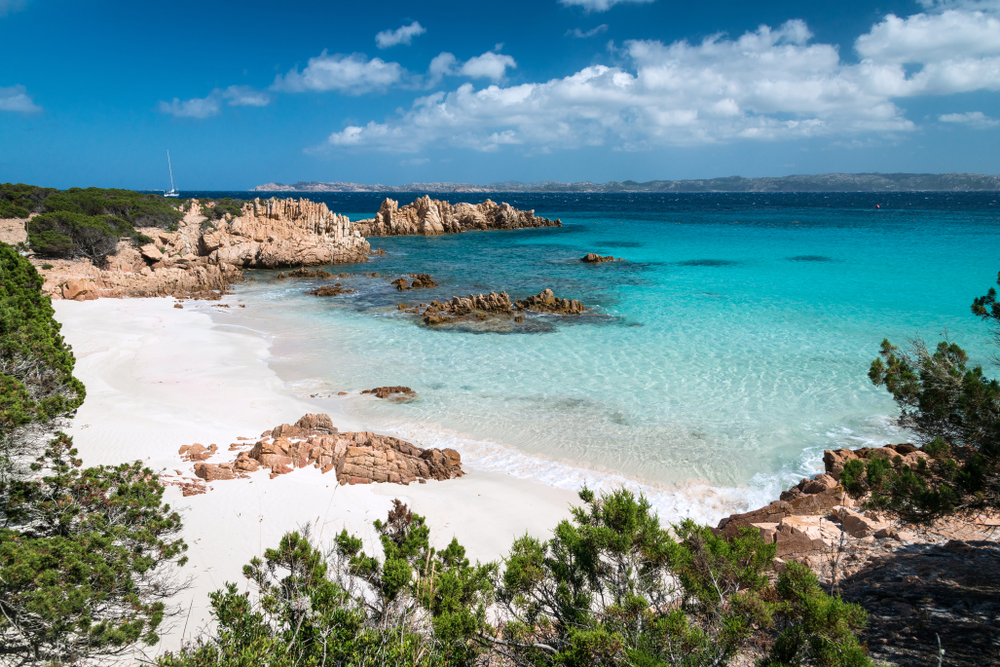
La Maddalena Archipelago National Park
Explore Now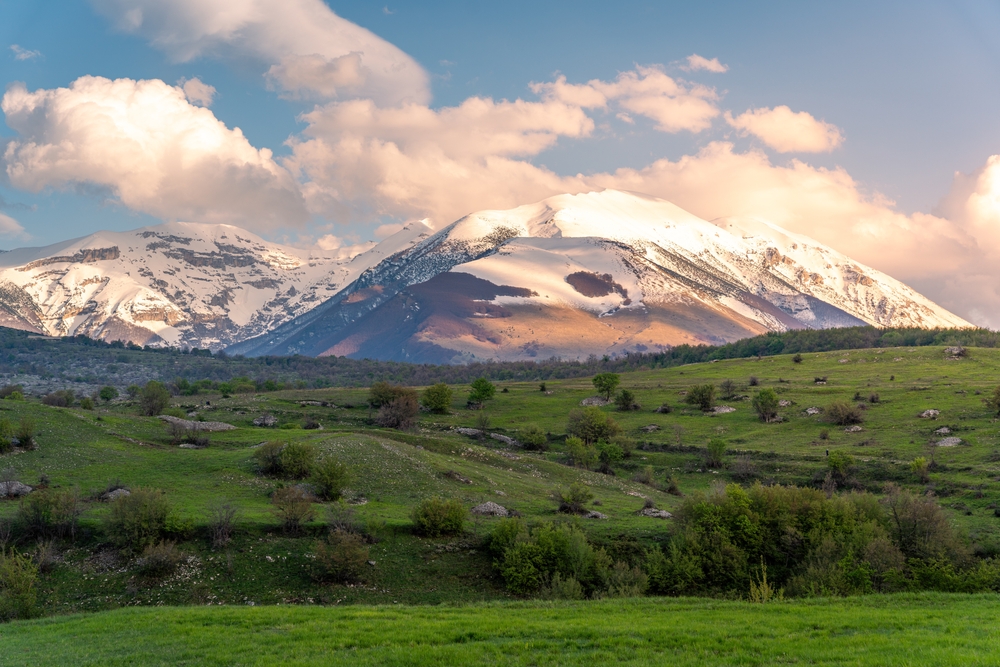
Maiella National Park
Explore Now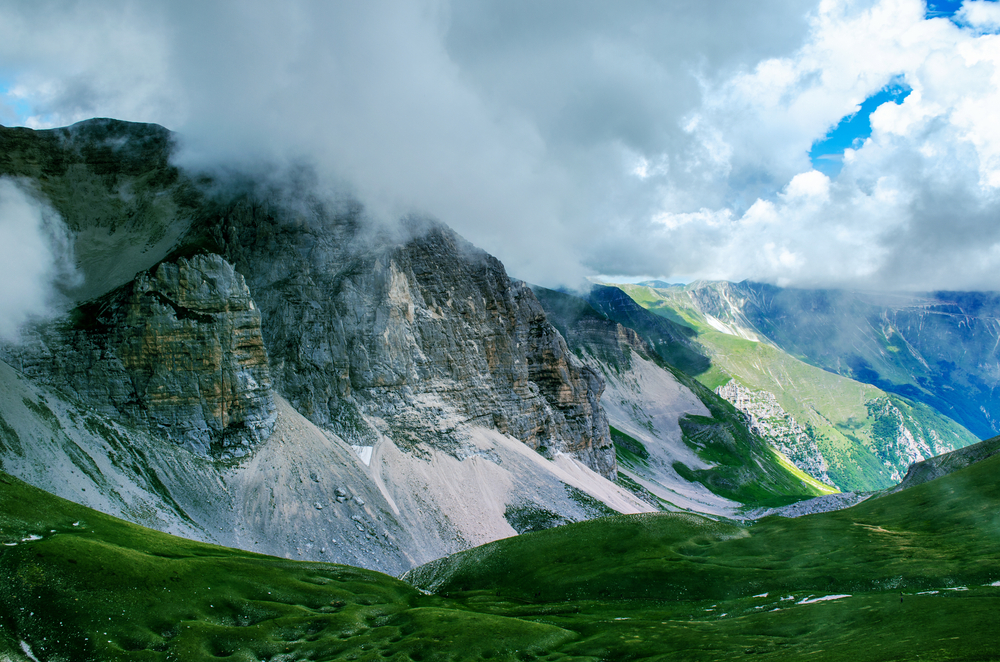
Monti Sibillini National Park
Explore Now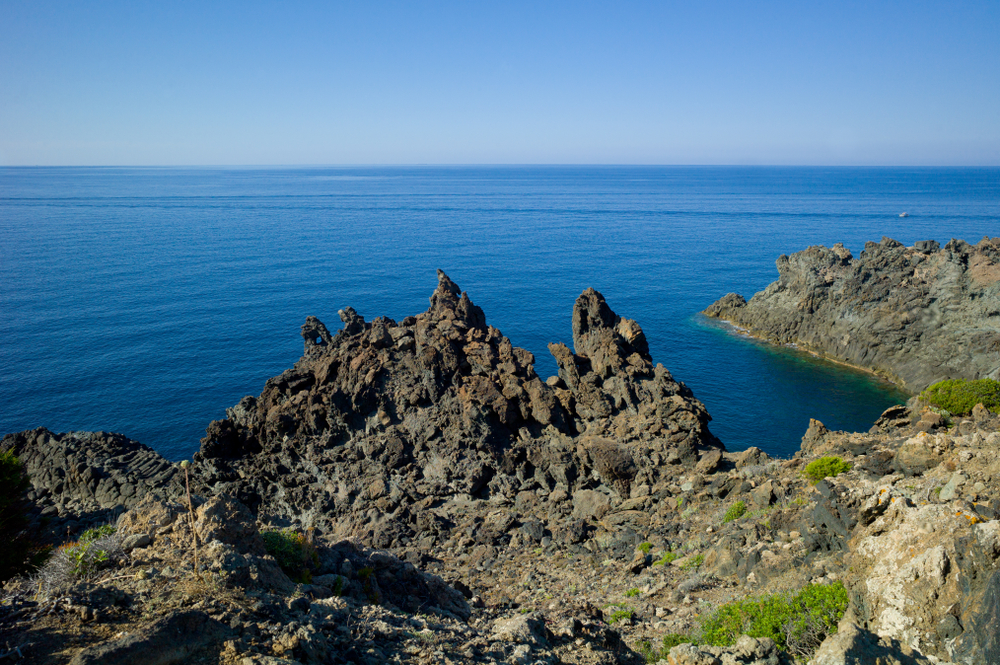
Pantelleria National Park
Explore Now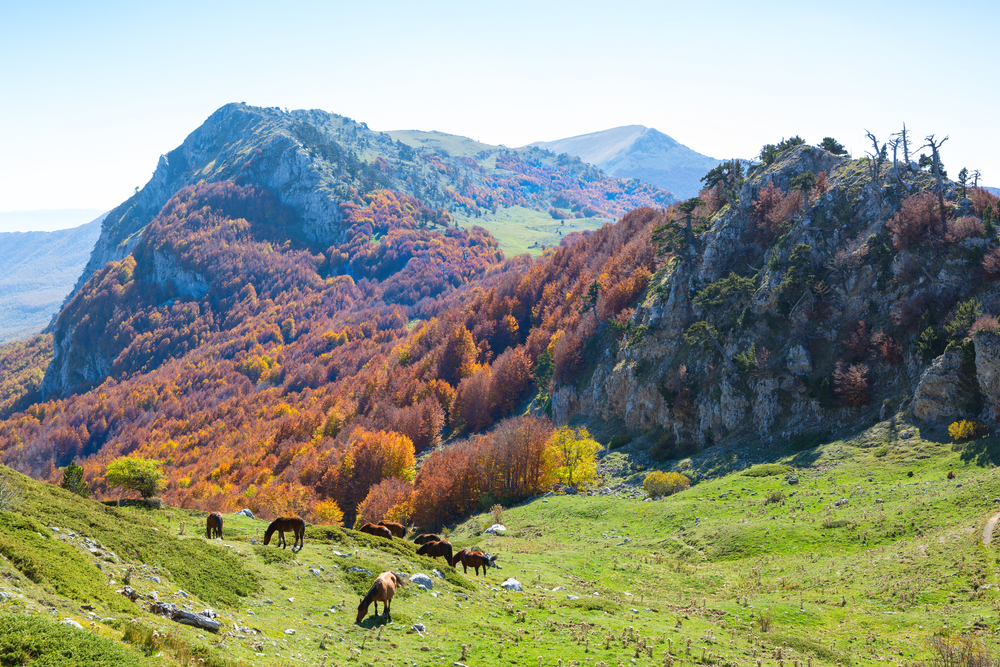
Pollino National Park
Explore Now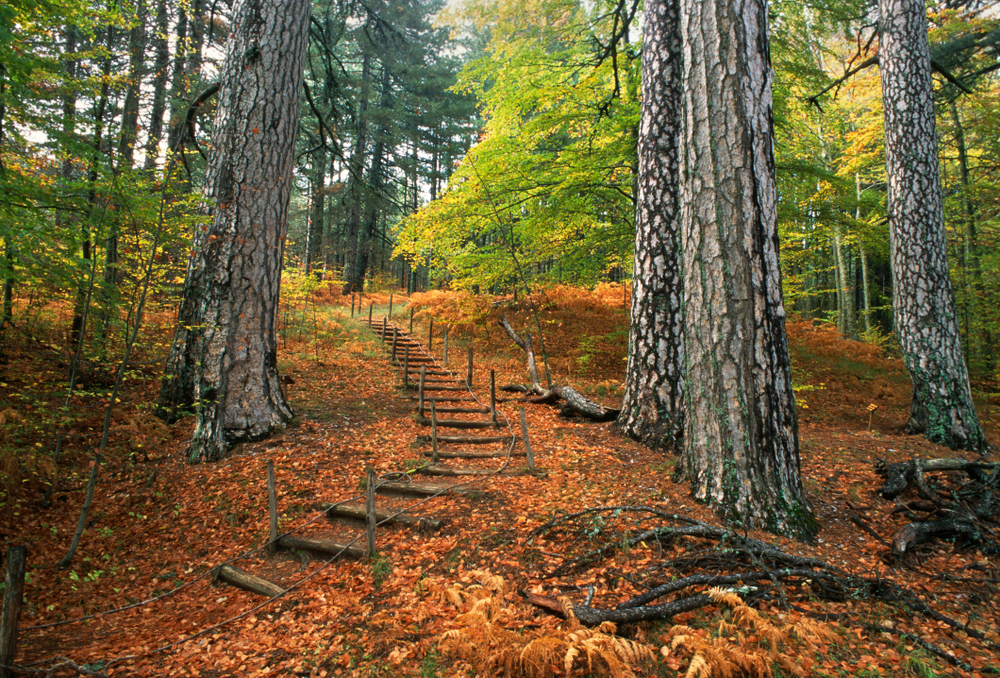
Sila National Park
Explore Now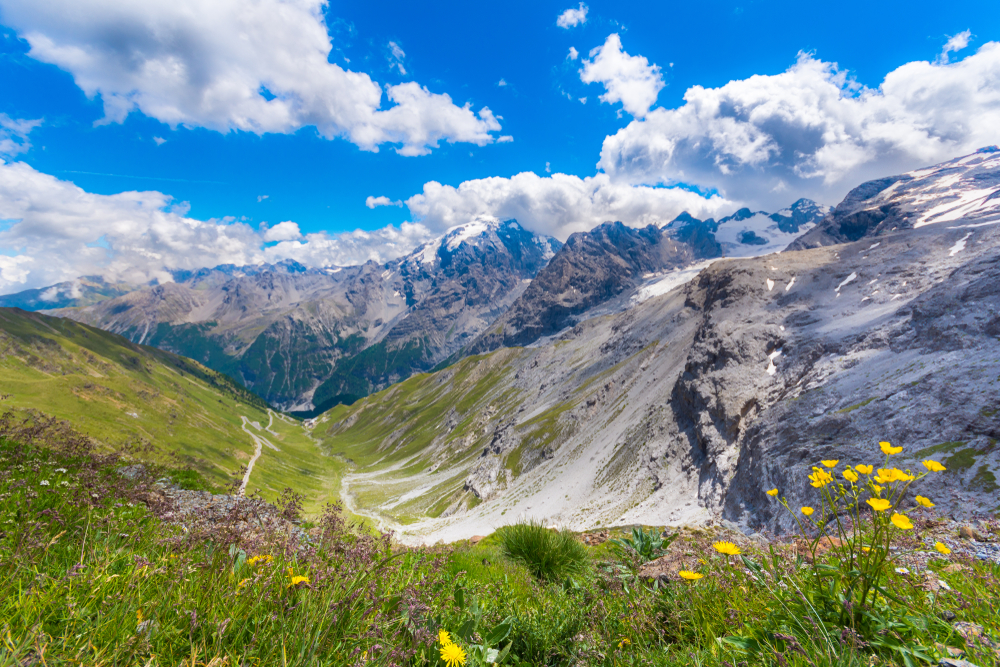
Stelvio National Park
Explore Now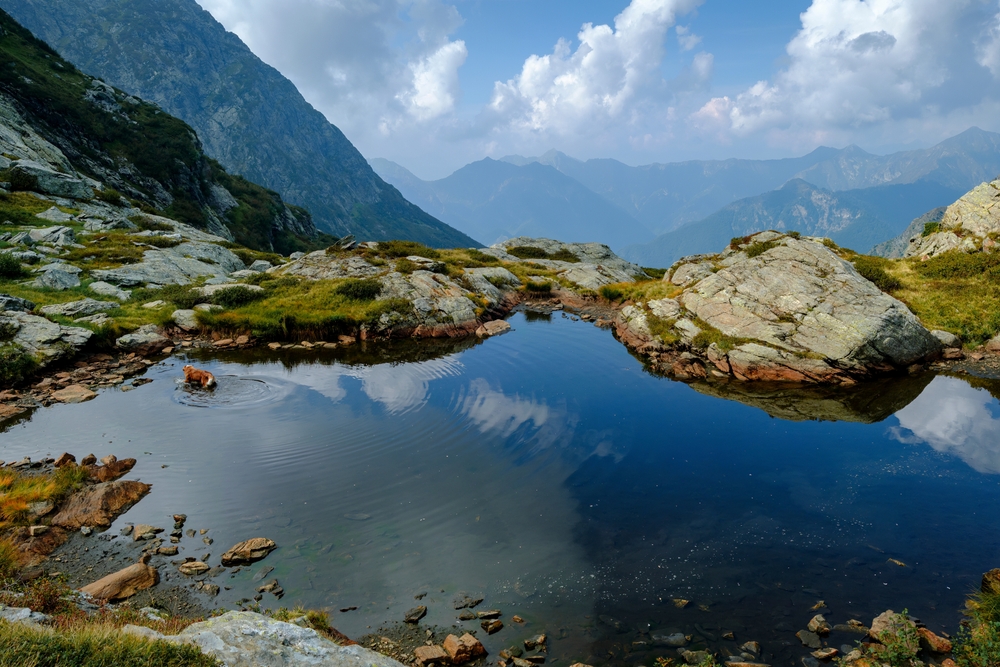
Val Grande National Park
Explore Now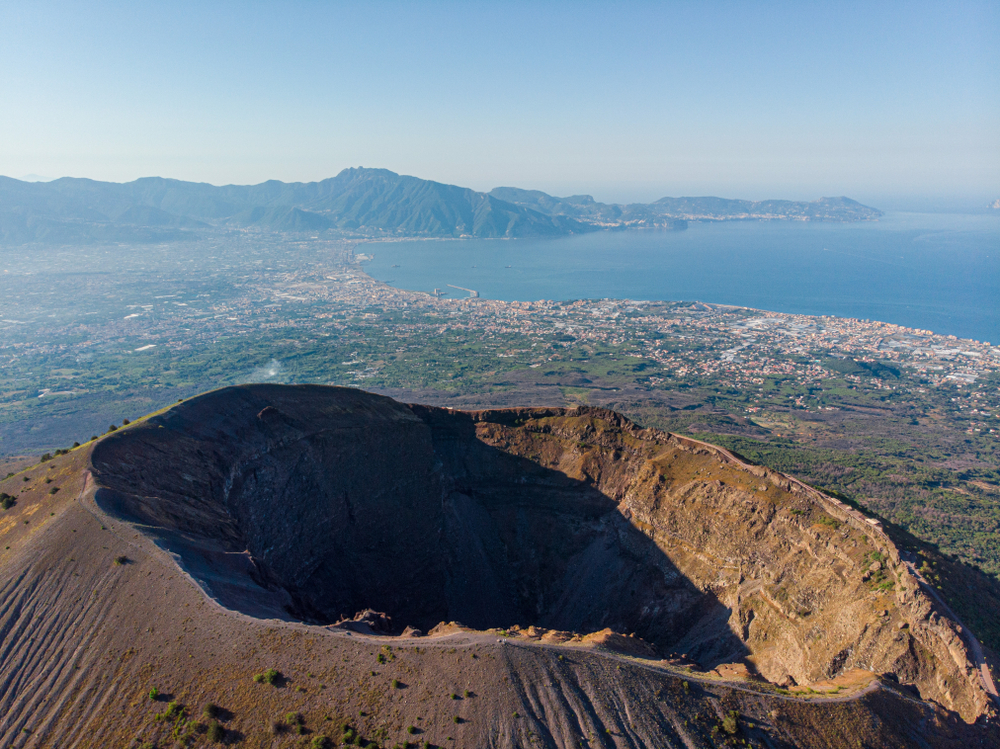
Vesuvius National Park
Explore NowFAQ’s
1. How many national parks are there in Italy?
2. What is the largest national park in Italy?
The largest national park in Italy is the Pollino National Park, located in the southern regions of Calabria and Basilicata.
Covering an area of approximately 1,925 square kilometers, Pollino National Park is renowned for its diverse landscapes, including rugged mountains, deep valleys, and dense forests. It is also home to a rich variety of flora and fauna, making it a popular destination for outdoor enthusiasts and nature lovers.
3. What is the smallest national park in Italy?
The smallest national park in Italy is the Gran Paradiso National Park, located in the Graian Alps in the northwestern region of the country.
Covering an area of approximately 703 square kilometers (271 square miles), Gran Paradiso National Park is relatively small compared to other national parks in Italy.
Despite its size, the park is known for its stunning alpine landscapes, diverse wildlife, and the majestic Gran Paradiso mountain, which is the tallest peak entirely within Italian territory.
4. What was the first national park in Italy?
The first national park in Italy is the Gran Paradiso National Park, established in 1922. Initially, it was called the “Royal Hunting Reserve of the Gran Paradiso,” created by King Victor Emmanuel II of Italy in 1856 to protect the Alpine ibex.
Later, in 1922, it was reorganized and became the first national park of Italy, named after the Gran Paradiso mountain, the highest peak entirely within Italian borders.
The park was established to safeguard the diverse alpine ecosystem and its rich biodiversity, including rare flora and fauna species endemic to the region.
Gran Paradiso National Park is renowned for its breathtaking landscapes, pristine wilderness, and opportunities for outdoor recreation and wildlife observation.
5. What is the most popular national park in Italy?
The most popular national park in Italy is Gran Paradiso National Park, which spans the regions of Piedmont and Aosta Valley. Established in 1922, it is Italy’s first national park, originally created to protect the Alpine ibex from extinction.
Gran Paradiso is renowned for its stunning Alpine landscapes, which include glaciers, forests, and alpine meadows. The park offers hiking, wildlife viewing, and spectacular scenery, attracting nature lovers and outdoor enthusiasts from all over the world.
6. What percentage of Italy's land area is protected through official National Parks?
Approximately 5% of Italy’s land area is protected through official national parks, covering about 6,700 square miles (17,400 square kilometers). Italy has 25 national parks, which span a wide range of ecosystems from the coastal regions, such as the Cinque Terre National Park, to the mountainous areas of the Apennines and the Alps.
7. What other protected areas are there in Italy?
In addition to national parks, Italy boasts a variety of other protected areas, including marine reserves, regional parks, and nature reserves.
Notable examples include the Plemmirio Marine Protected Area in Sicily, which preserves underwater biodiversity, and the Po Delta Regional Park, a vital wetland habitat for migratory birds.
Italy also has UNESCO Biosphere Reserves, which protect areas of exceptional ecological value, such as the Sila and Maddalena Archipelago.
8. What nature attractions does Italy have apart from National Parks?
Italy is home to many natural attractions, including the Dolomites, a UNESCO World Heritage site famous for its dramatic limestone peaks.
The Amalfi Coast offers breathtaking coastal landscapes, while Mount Etna, Europe’s highest active volcano, draws visitors for its volcanic activity and hiking trails.
Lake Garda and Lake Como are popular for their stunning views and recreational activities.
9. What species are endemic and unique to Italy alone?
Italy has several endemic species, particularly in its mountainous regions. The Italian cave salamander is a unique amphibian found in the Apennine Mountains.
The Corsican hare is native to both Corsica and Italy’s coastal regions, and plant species like the Italian bellflower (Campanula isophylla) are also endemic to the country.
10. What is Italy's main international airport?
Italy’s primary international gateway is Leonardo da Vinci–Fiumicino Airport (FCO), located in Rome.
11. What international airline companies fly into Italy?
Several international airline companies fly into Italy, including:
- Air France
- British Airways
- Emirates
- KLM
- Lufthansa
- Qatar Airways
- Ryanair
- Turkish Airlines
- Alitalia (now ITA Airways)
- United Airlines
12. Who manages the national parks of Italy?
The Italian Ministry for the Environment, Land and Sea is responsible for managing the country’s national parks.
Each park is also overseen by a specific management body or park authority, which ensures the protection of biodiversity and promotes sustainable tourism.
More information can be found at https://www.minambiente.it.








































































